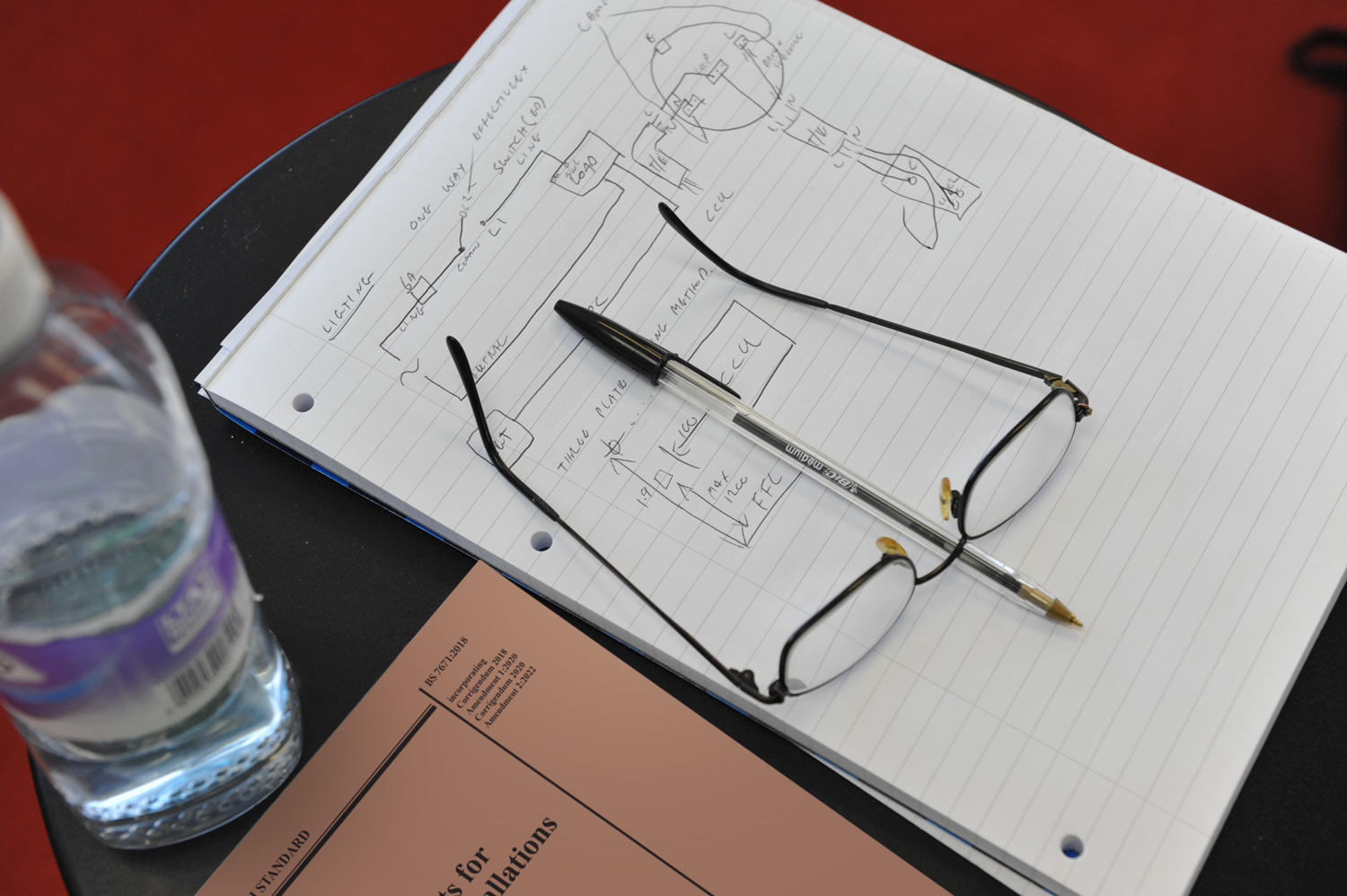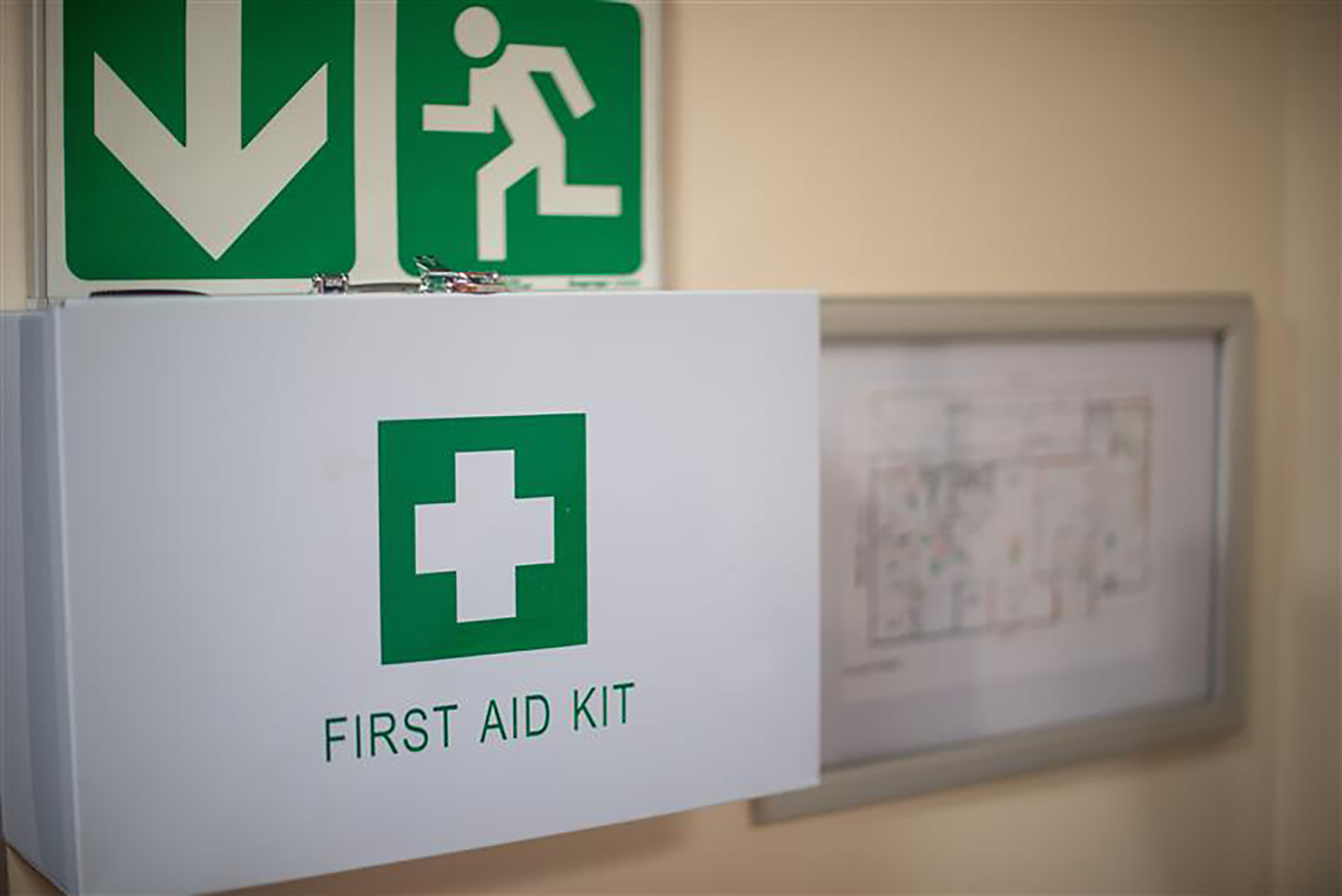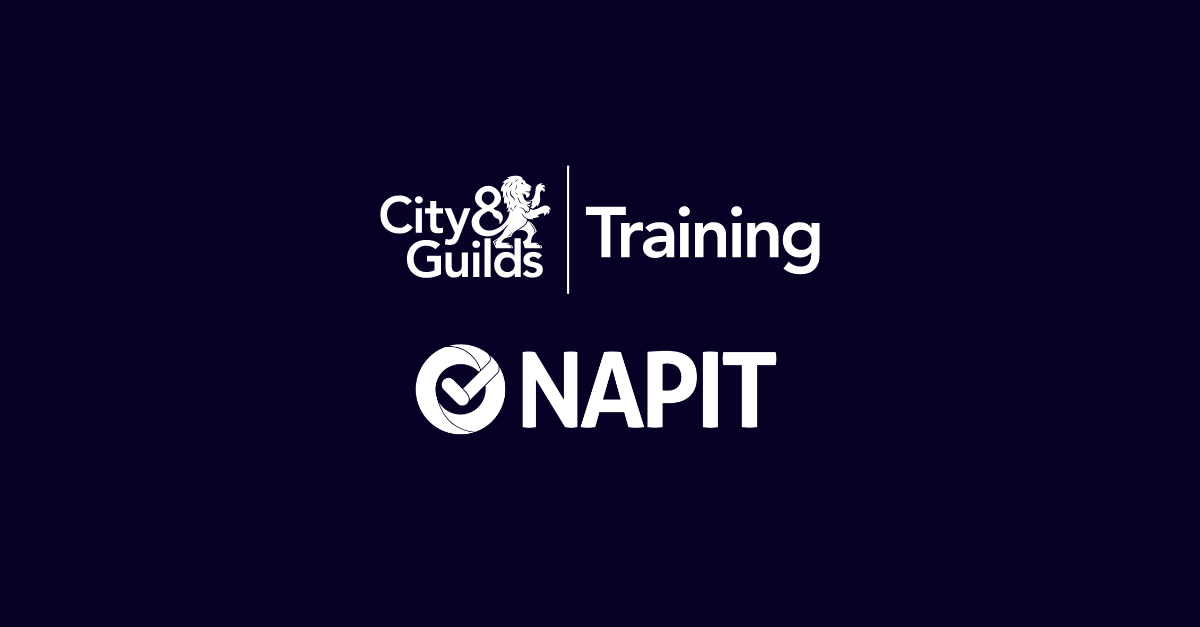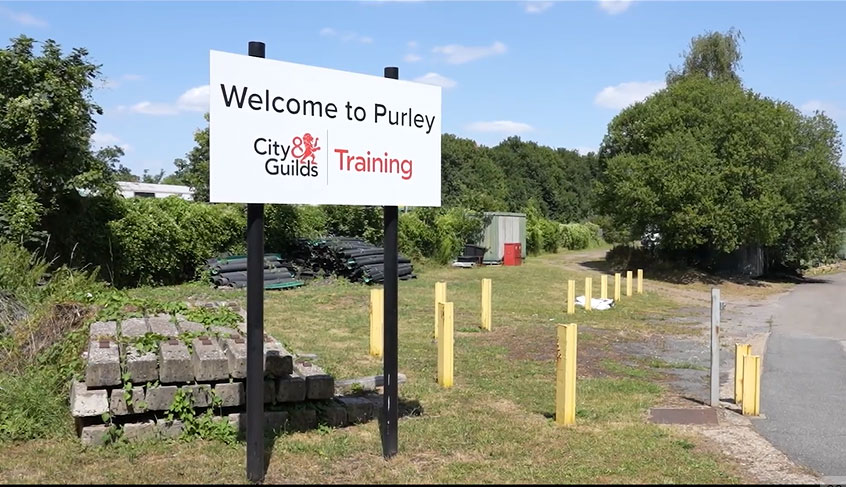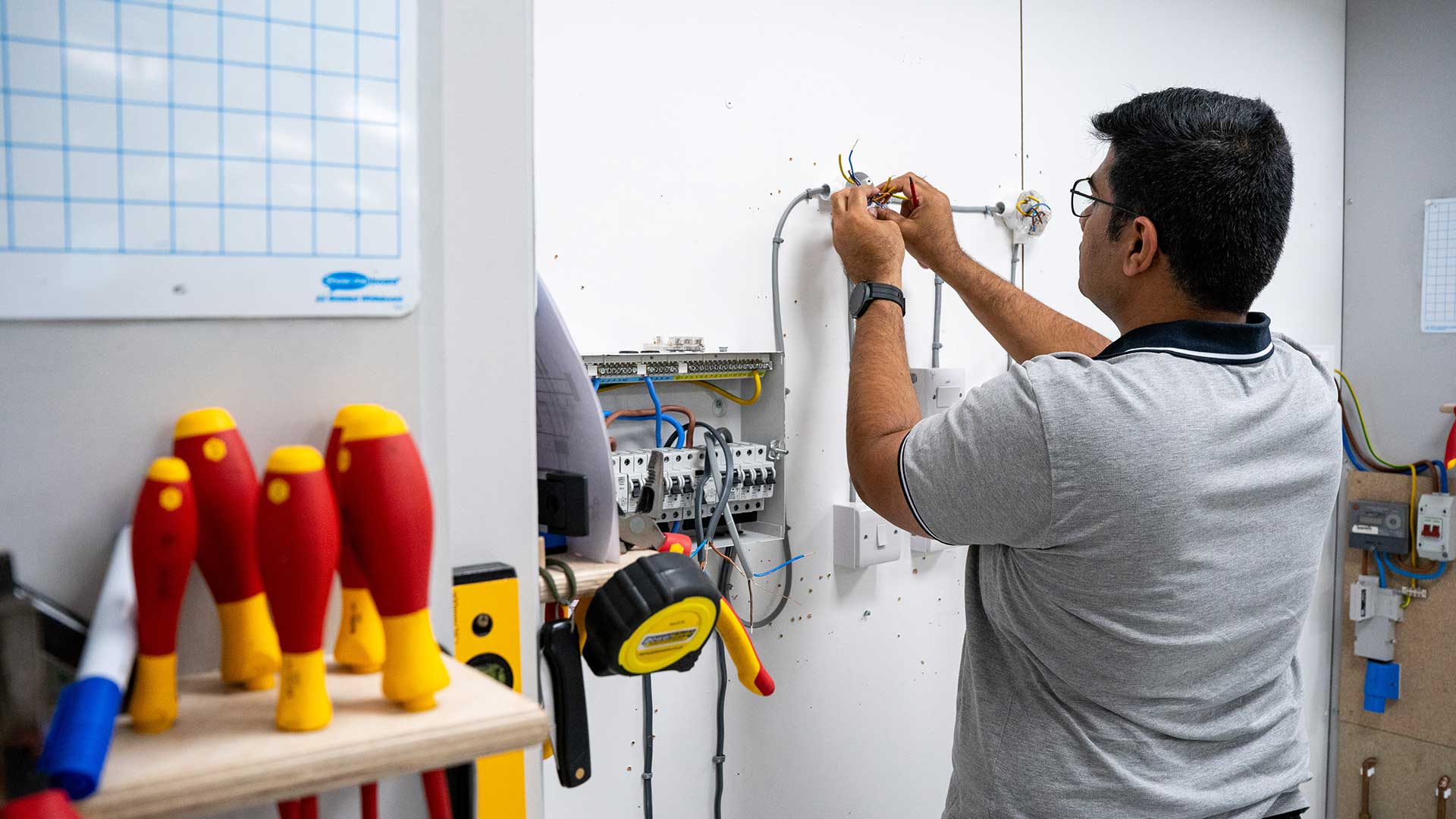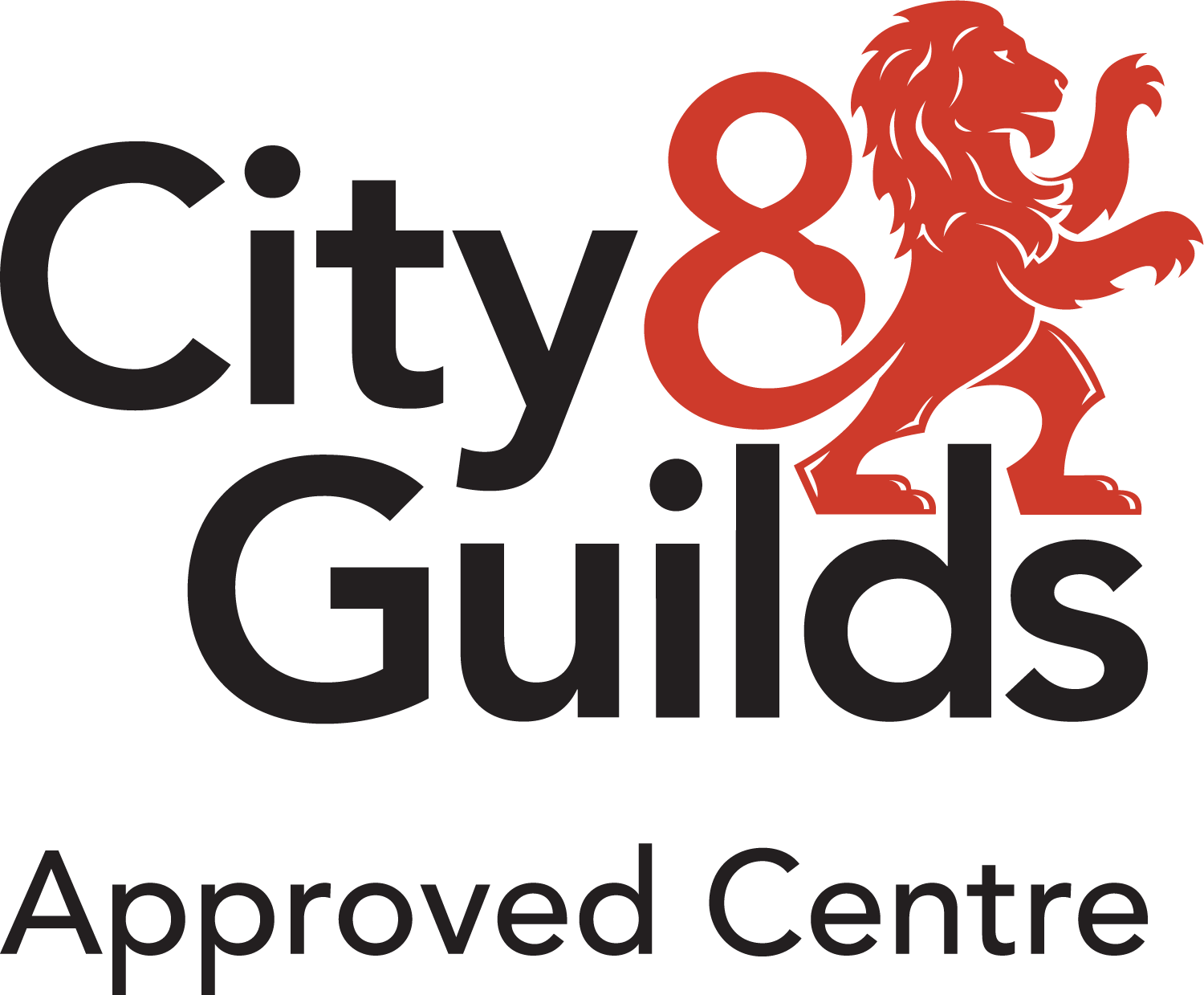A stripped screw can be a frustrating obstacle, turning a simple task into a challenging ordeal. Whether you’re a seasoned handyman or an enthusiastic DIYer, encountering a stripped screw is an inevitable part of working with various materials. In this guide, the team from TradeSkills4U, the leading electrical training course provider in the UK, will look at the causes of stripped screws, explore methods to avoid them in your projects, and equip you with a comprehensive toolkit to effectively remove these stubborn fasteners from metal, wood, and plastic.
What is a Stripped Screw?
A stripped screw occurs when the notches in the screw head become mangled or worn, preventing a secure grip for the screwdriver. This issue can affect screws of any quality and often happens with older, rusted, or frequently turned screws. Common causes include the use of incorrect screwdriver sizes, over-tightening, rusty or damaged screws, worn-out drill bits, incorrect alignment, poor-quality screws, and long screws prone to binding.
Stripped screws are also referred to as “threaded screws” or “rounded screws”.
Defining the Problem and Identifying Common Causes
Recognizing the common causes of stripped screws is essential for preventing this annoyance in your DIY projects. Key factors to watch out for include using the wrong screwdriver size or type, over-tightening, rusty or damaged screws, worn-out drill bits, incorrect alignment or incomplete seating of screws, poor-quality screws, and long screws that are prone to binding.
Recognizing and Avoiding Threaded Screws in DIY Projects
Understanding the common causes of stripped screws can help you avoid them in your DIY projects. Watch out for the following things so you can recognize the potential for a stripped screw. This can keep you from having to deal with this annoying problem.
- Incorrect screwdriver size or type
- Over-tightened screws
- Rusty or damaged screws
- Worn-out drill bits
- Screws that have been incorrectly aligned or not fully seated
- Poor quality screws
- Long screws that are prone to binding
You can find stripped screws in any material, including wood, metal, and plastic. Sometimes, screws strip while you install them. Other times you find them that way when doing repairs. You can avoid leaving problems like that for other people to deal with by making sure you properly seat screws. You also want to use the right length of screw and ensure your screwdriver matches the head properly.
Removing Rounded Screws from Metal, Wood, and Plastic: Why the Material Matters
Most of the methods described below will work if a stripped screw is embedded in metal, wood, or plastic. Removing a stripped screw from each material, however, presents its own challenges.
- Stripped screws in metal need to be removed carefully, otherwise you risk scratches or damage. Be extra diligent when using power tools and cutting materials.
- A stripped screw in wood will likely be flush with the material or slightly lower than the surface, so using a stripped screw extractor may be your best bet to retrieve the screw.
- Plastic is a fairly soft material, and a light touch is a must if you want to reuse a hole in plastic after removing a screw. Hammering, grinding, and cutting to remove the screw may render the hole unusable.
No matter which material you’re working with, you’ll need a bit of muscle to remove stripped screws. You must use firm pressure and patience, moving the screw a fraction of a turn at a time, otherwise you risk breaking the screw and making the removal process all the more challenging.
How to Unscrew a Stripped Screw
Stripped screw remover tools make it easy to remove a messed-up screw. Still, most DIYers may not have a set handy. Fortunately, several other common tools and supplies exist that almost everyone has on hand. You can use these in a pinch. These tips and tricks will help you unscrew a stripped screw in just a few minutes.
Preparation and Required Tools
Gather these common tools and supplies to help you quickly and easily remove a stripped screw:
- Flathead screwdriver
- Locking pliers
- Rubber band
- Duct tape
- Steel wool
- Hammer
- Metal punches
- Drill and drill bits
- Penetrant spray or thread-cutting oil
- Screw extractor tool set
- Wrench
- Safety glasses
- Work gloves
How To Remove Threaded Screws in 16 Different Ways
- Use A Hammer & Manual Screwdriver
One of the first things you should try when wondering how to remove a stripped screw is using a hammer. Sometimes all your stripped screw needs is a little tap. Screws that get stripped are usually made from soft metals, which means you can deform them quite easily too. Try tapping a manual screwdriver into the head of the stripped screw with a hammer. This should lodge it in, giving you a little bit more torque on the screw so you can twist it out.
- Use Pliers or Grips
Vice grips or pliers are great tools for removing stripped screws when they are partly exposed. Grip the screw head with your pliers or grips and rotate the screw out of the material. Be careful not to damage the material around the screw when you use this method.
- Rubber Bands Can Give You Extra Grip
As strange as it may sound, rubber bands can be very helpful for removing stripped screws. They can help you get a bit more grip on the head of the screw. Here’s how you do it: First, cover the head of the stripped screw with the band and insert the screwdriver. Then, apply pressure and slowly turn the screw. With any luck, it will come loose. Be careful not to turn the screw too fast, as this will damage the rubber band. If you don’t have any rubber bands, you can use other friction increasing materials, including steel wool and abrasive powder.
Our tutor Andy demonstrates how to remove a stripped screw using the ever popular “elastic band”method – watch the full video below (don’t forget to subscribe to our YouTube Channel here):
- Use An Impact Driver & Hammer
A manual impact driver is a great tool for removing stubborn, stripped screws. You simply insert the bit into the stripped screw and strike it with a hammer. A manual impact driver is designed to push into the screw head and rotate it in your chosen direction at the same time when you strike it with a hammer. This should loosen your stripped screw and help you remove it.
- Try a Screw Extractor
An obvious choice for removing stripped screws is a screw extractor. A screw extractor tool is designed specifically to help remove damaged screws.
You’ll need to choose the right-sized screw extractor to fit your screw. Screw extractors have two sides. Side 1 is used to make a smooth hole in the screw head with no burrs. Side 2 is used to grip onto the hole you have made with side one and drill it out. Check both sides of the screw extractor fit in your damaged screw head. Then, make sure to set your drill in reverse. Insert side 1 of the extractor bit into your damaged screw and use your drill to create a smooth hole. Then, insert side 2 of the extractor into the hole you have made in the screw head and use your drill to rotate the screw out.
- Drill Into the Stripped Screw
If you drill a small hole into the stripped screw head, it can sometimes give your screwdriver just enough depth and leverage to rotate the screw. Make sure to use a drill bit designed for metal and be careful not to drill too far into the screw, or the head could come off.
- Use a Left-Handed Drill Bit
Left-handed drill bits are designed in the opposite direction to regular drill bits and can be useful for removing stripped screws. Insert your left-handed bit into your drill, set it in reverse mode, and drill into the head of the stripped screw. With any luck, the left-handed bit will catch and pull your stripped screw out.
- Use A Rotary Tool to Cut a Slit into The Rounded Screws
A rotary tool is a power tool that can be very handy for removing stripped screws. To remove a stripped screw using this method, cut a slit into the stripped screw head that will fit a flat head screwdriver, and then twist it out. First, attach a cutting disk to the rotary tool and use it to slice a slit in the head of the stripped screw. Make sure the slit is as close to the size of the flathead screwdriver as possible. This is to ensure it fits properly, so it gets a good grip and doesn’t come out. You can also use a hacksaw to carefully cut a slit into the stripped screw.
- Apply Anti Cam-Out Fluid
Anti cam-out fluid is a liquid you can apply to the head of a stripped screw that increases the friction between the screwdriver and the screw head. The extra friction the anti cam-out fluid gives will make removing the screw easier. This one is best used on screws that aren’t too stripped. Or even better, to be used as a prevention method for stripping screws in the first place.
- Use A Larger Size Screwdriver
This one may work if the screw isn’t too badly stripped. A larger screwdriver may fit into the stripped screw head, and you’ll be able to rotate it out with a little bit of fiddling. This one is worth a quick try, as it could save you money on equipment.
- Use A Flathead Screwdriver
If it’s a Philips head screw that is stuck, try inserting a flat head screwdriver. This technique is best used in combination with a friction-enhancing material like a rubber band.
- Glue A Nut to The Head of The Screw
If you have any nuts lying around, you can try gluing one around the head of the stripped screw. Once it sticks, you’ll be able to loosen it with a socket wrench or a spanner.
- Weld A Nut to The Screw Head
If gluing didn’t work, and you have the tools and know-how, you can try spot welding a nut to the head of the screw. Once it’s welded, you should be able to remove the screw with a socket wrench or a spanner.
- Connect The Stripped Screw to A Drill
If the stripped screw head is exposed, you could try to connect it to an electric drill. Place the chuck over the head of the screw, tighten the jaws, put the drill in reverse, and gently rotate it out of the material.
- Try To Loosen the Screw from The Material
If a screw is stripped, it can be very hard to get it to rotate. You can make your chances of removing it better by applying WD-40 or another type of penetrating oil. Apply the WD-40 and wait for it to set. Then, firmly insert your screwdriver and twist. The WD-40 may just help you get enough leverage to loosen the screw. You can also try heating the area. To do this, heat the area of the screw with a heat gun or blow torch and allow it to cool before you try to loosen the screw again. This works well if the screw has been fastened with a bonding agent like Loctite.
- Prevent The Screw from Stripping in The First Place
If you don’t want to spend your time removing stripped screws, here are a few tips to help you prevent them from becoming stripped in the first place. Always try to use the correct screw for the application, and make sure you use the correct screwdriver for the type and size of screw that you are using. Try to use a manual screwdriver over an electric drill as you will get more of a feel for when it is about to come out. When using an electric screwdriver, avoid applying too much pressure on the screw. Put a pilot hole in your material before you insert the screw to decrease resistance when you’re inserting it.
TradeSkills4U – Leaders in Electrician Training Programs in the UK
For those looking to enhance their electrical skills or pursue certification as a UK electrician, Trade Skills 4 U offers a diverse range of electrician training courses. Our comprehensive programs cover fundamental qualifications, electrical apprenticeships, and specialised skills. Contact our team today to learn more about the top electrician training program in the UK.

